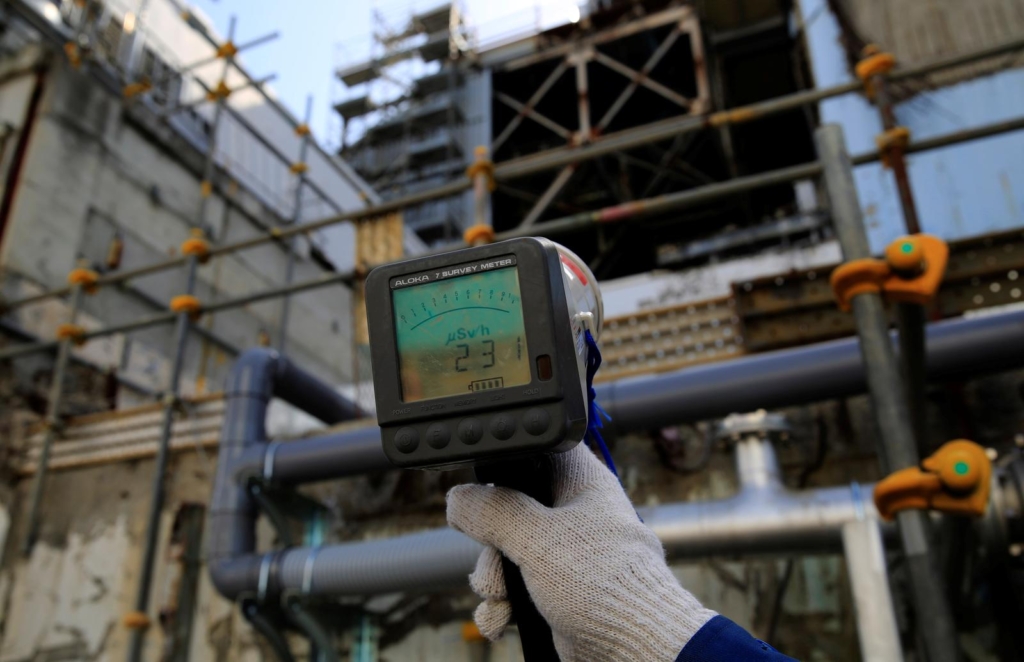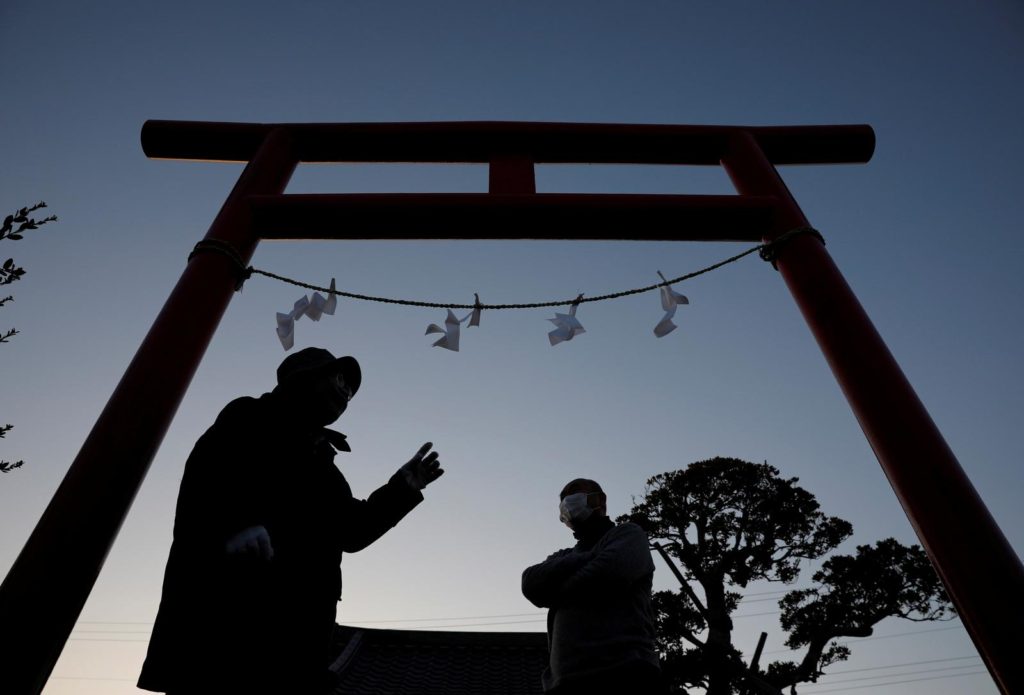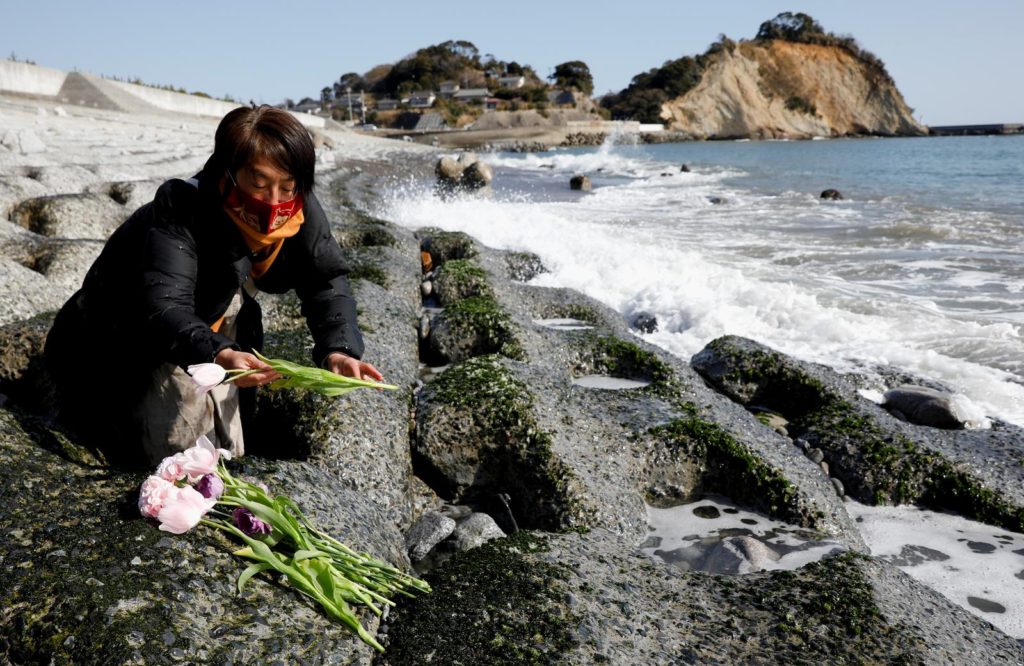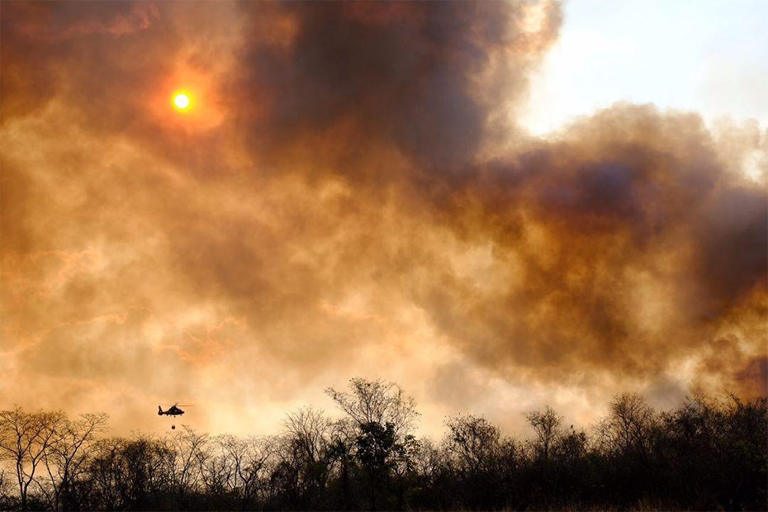Ten years on, Japan mourns victims of earthquake and “profoundly man-made” Fukushima disaster

By Eimi Yamamitsu
10 March 2021
IWAKI, Japan (Reuters) – With a moment of silence, prayers, and anti-nuclear protests, Japan on Thursday mourned about 20,000 victims of the massive earthquake and tsunami that struck Japan 10 years ago, destroying towns and triggering nuclear meltdowns in Fukushima.
Huge waves triggered by the 9.0-magnitude quake – one of the strongest on record – crashed into the northeastern coast, crippling the Fukushima Dai-ichi power plant and forcing more than 160,000 residents to flee as radiation spewed into the air.
The world’s worst nuclear disaster since Chernobyl and the tremor have left survivors struggling to overcome the grief of losing families and towns to the waves in a few frightening hours on the afternoon of March 11, 2011.
About 50 kilometres (31 miles) south from the plant, in the gritty coastal city of Iwaki, which has since become a hub for labourers working on nuclear decommissioning, restaurant owner Atsushi Niizuma prayed to his mother killed by the waves.
“I want to tell my mother that my children, who were all close to her, are doing well. I came here to thank her that our family is living safely,” said Niizuma, 47. […]

The Japanese government has spent about $300 billion (32.1 trillion yen) to rebuild the region, but areas around the Fukushima plant remain off-limits, worries about radiation levels linger and many who left have settled elsewhere.
Some 40,000 people are still displaced by the disaster.
Japan is again debating the role of nuclear power in its energy mix as the resource-poor country aims to achieve net carbon neutrality by 2050 to fight global warming. But an NHK public TV survey showed 85% of the public worries about nuclear accidents.
The work to decommission the wrecked Fukushima Dai-ichi plant, deal with contaminated water and solid waste, and make the area safe is immense, as critics say it could take up to a century to return the plant to a usable state. [more]
Ten years on, Japan mourns victims of earthquake and Fukushima disaster

Ten years after Fukushima, Japan remembers “man-made” nuclear disaster
By Linda Sieg
8 March 2021
TOKYO (Reuters) – When a huge earthquake and tsunami struck Japan on March 11, 2011, devastating towns and triggering nuclear meltdowns in Fukushima, a stunned world watched the chaotic struggle to contain the world’s worst nuclear disaster since Chernobyl.
An onslaught of waves sparked by the 9.0-magnitude quake crashed into the northeastern coast, killing nearly 20,000 people and crippling the Fukushima Dai-ichi plant. More than 160,000 residents fled as radiation spewed into the air.
At the time, some – including Prime Minister Naoto Kan – feared Tokyo would need to be evacuated, or worse.
“Fukushima is stamped for the rest of the history of nuclear energy,” said Kiyoshi Kurokawa, head of an investigation that concluded the disaster was “profoundly man-made”. […]
Energy policy was left in limbo after Shinzo Abe led his pro-nuclear energy Liberal Democratic Party (LDP) back to power the year after the disaster, ousting the novice Democratic Party of Japan, whose image was tainted by its handling of Fukushima.
“They sort of left things adrift,” said Tobias Harris, senior vice president at consultancy Teneo and author of a book about Abe.
“RESULT OF COLLUSION”
Kurokawa’s commission, appointed by parliament, concluded in 2012 that the Fukushima accident was “the result of collusion between the government, regulators and Tokyo Electric Power Co” and a lack of governance. […]
A February Asahi newspaper survey found that nationwide, 53% are opposed to restarting reactors, compared with 32% in favour. In Fukushima, only 16% backed bringing restarting units.
“Ten years have passed and some people have forgotten. The zeal is gone,” said Yu Uchiyama, a University of Tokyo political science professor. “Restarts are not happening, so people think if they just wait, nuclear power will disappear.” […]
Extending the lifespan of Japan’s 33 existing commercial reactors to 60 years, there would be only 18 in 2050 and none by 2069, said Takeo Kikkawa, an adviser to the government on energy policy. Newer business lobbies are pushing for renewable energy.
“Japan is a resource-poor country so we should not casually abandon the nuclear option,” Kikkawa told a media briefing. “But in reality, the future of nuclear power is bleak.” [more]
Ten years after Fukushima, Japan remembers ‘man-made’ nuclear disaster


